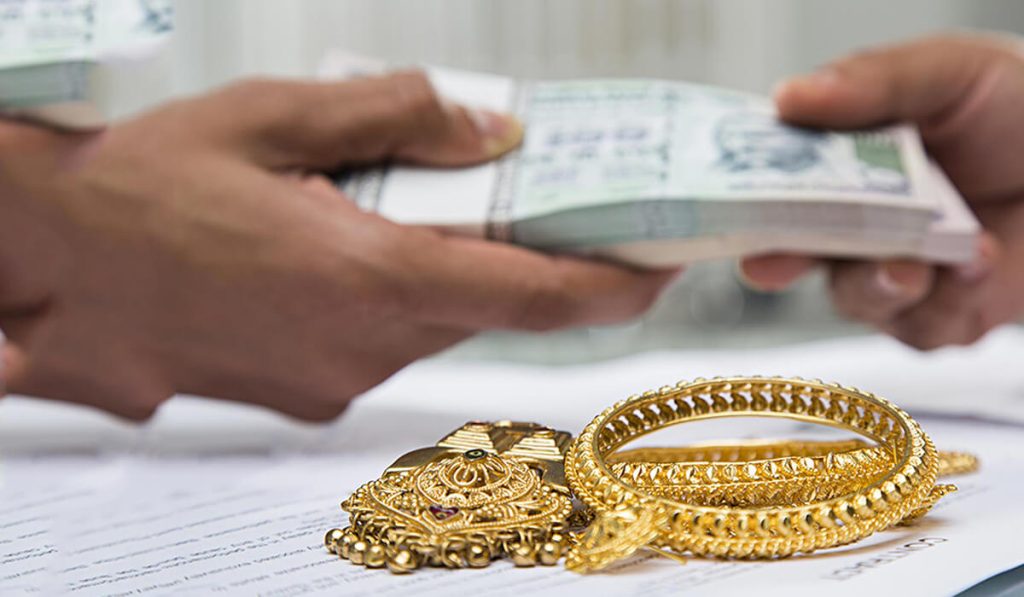The old saying goes “all that glitters isn’t gold”, but nothing puts a glitter in the eye like the yellow metal. Gold is the world’s most iconic symbol of luxury, transcending cultures and borders. Gold has value everywhere you go, and if ever there were a common global currency, it would be first in line to fill the role. For thousands of years gold has been shaped into coins, jewellery, and crowns, it is the substance of kingly wealth and worldly power.
Gold Jewellery
The use of gold jewellery has been archaeologically dated back to 4400 BC, but was most certainly crafted and worn in previous centuries beyond mortal ken. Ancient gold rings and other gold jewellery were unearthed by archaeologists digging in Bulgaria, where they discovered a treasure trove dating back to the Thracian era that must have belonged to someone of very high status possessing great wealth. The pieces found also demonstrated a very high standard of goldsmithing craftsmanship.
The Thracians weren’t the only people of the past who had mastered the art of working with gold. The Ancient Egyptians were adept at creating objects by pouring molten gold into moulds, a casting technique still in use to this day!
But why gold? In addition to its alluring beauty, gold is a relatively soft metal, making it easier to shape and mould. Gold is also very resistant to tarnishing and rusting, so people considered their gold creations to be able to last forever! This sense of permanence greatly appealed to these ancient civilizations, the gold jewellery they adorned their deceased royalty within their sumptuous tombs was sure to accompany them to the eternal afterlife. In a way, this turned out to be true, as many of these formerly great peoples are only remembered now thanks to the gold ornaments they left behind, the timeless pieces providing a glittering glimpse into their bygone age.
History:
Historical gold jewellery not only tells a story about those past people, it also reveals the evolution of the goldsmithing techniques used to create the amazing objects we discover. Some of the earliest methods of manipulating the precious metal, like filigree, chasing, repoussé, and granulation revealed by the study of these artefacts show us that the early goldsmiths were surprisingly advanced in their art. These long ago artisans were able to create three-dimensional layers, indents, relief patterns, and complex structures in their gold, skills that are still considered difficult to master by modern jewellers!
For example, the technique called granulation, in which the gold jewellery’s surface is decorated with tiny gold spheres has been found as far back as 2500 BC, discovered in the tombs of Mesopotamian rulers. These methods and others like them continue to influence today’s jewellery design, making goldsmithing a truly timeless art!
If you have enjoyed this article and are considering becoming a goldsmith yourself, check with your Australian local government for how to undertake a jeweller apprenticeship in your region. The might and magnificence of this most precious metal has lasted for millennia and shows no signs of going out of style, so if you want to make your mark last, you should do it in gold!












